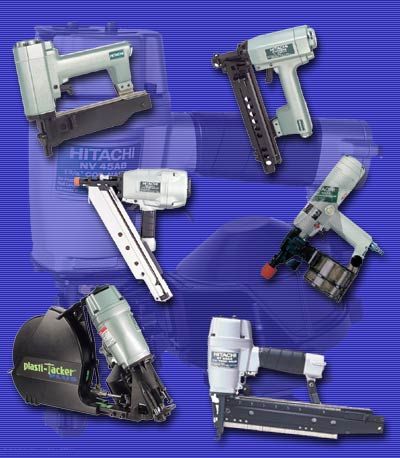A prototype is a design tool used to help create a new product, much like a model. There are different kinds of prototypes; some are more like rough drafts and some are more like the final version. When you first come up with an idea for a new product, you'll probably sketch it out so you can show people what you're thinking of: This is one version of a prototype. But as time goes on, you'll want to make your drawing more detailed, especially if you're thinking about creating a complicated system. As you tweak your design, you might make a whole bunch of different versions of your 2-D prototype.
Certain 3-D computer-aided design software programs can help create more realistic-looking prototypes when you're dealing with complicated designs. Plus, the computerized prototypes are easy to pass along to other people who are involved in the creation of your product. Eventually, you'll have to create a physical prototype of your plan either through rapid prototyping or through a painstaking process of handmade perfectionism.
Advertisement
Prototyping is crucial to product development since you're creating a first. You need to be able to study your design and test it and alter it and test it again. Two of the main goals of prototyping are to allow the developer to check for flaws and to make sure the product is easy to use. Plus, it's helpful to have a physical version of your idea to show off to potential investors or to your boss. One other crucial part of prototype testing is safety: You have to make sure nothing's going to go wrong with your product and that it's not dangerous in any way. After studying it, you'll know what warnings or instructions have to accompany your product when it's produced.
Advertisement


